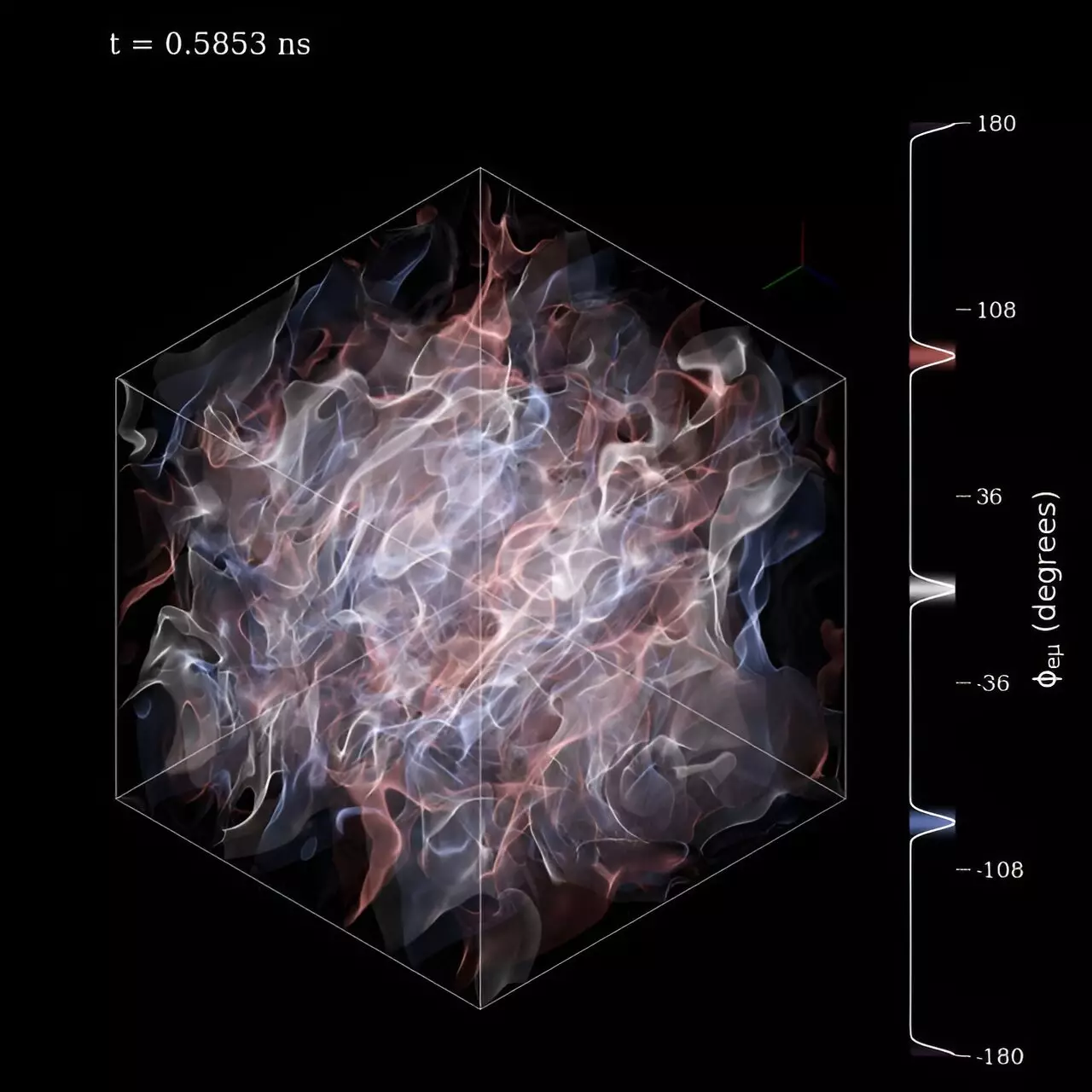Neutrinos, often dubbed “ghost particles,” are elusive yet fascinating manifestations of quantum mechanics. Primarily characterized by their varying “flavors,” these particles can morph as they traverse through space. Their transformation is particularly challenging to monitor, especially in astrophysical phenomena such as core-collapse supernovae and neutron star mergers. Understanding the interplay of flavor change and the physical dynamics of neutrinos presents a steep hill for astrophysicists, one that has long stymied progress in unraveling the mysteries of the universe.
Quantum Flavor and Astrophysical Implications
The study of neutrinos holds immense potential for advancing our understanding of astrophysics. These particles are not just peripheral messengers; they carry a significant portion of the energy released during stellar events. To truly unlock the secrets of core-collapse supernovae and neutron star mergers, researchers must delve deeper into neutrino physics. Unfortunately, the sheer complexity of these systems, characterized by a vast number of neutrinos and their flavor transformations, poses a daunting problem. The traditional methods of tracking these enigmatic particles simply fall short.
A Pioneering Methodology for Neutrino Analysis
Recent research published in premier scientific journals such as The Astrophysical Journal and Physics Letters B has embarked on a transformative journey to revolutionize how neutrinos are studied. By expanding conventional methods to account for quantum mechanical changes in flavor, this new approach reduces the chaotic complexities inherent in studying neutrinos. Leveraging angular moments—mathematical constructs summarizing neutrino numbers and flux—scientists can distill a multitude of variables into manageable equations. This streamlined technique shows promise in addressing the challenges of flavor transformation, especially in compact astrophysical objects like neutron star mergers.
The Fast-Flavor Phenomenon: A New Frontier
Among the various flavor transformations, “fast-flavor” dynamics present a particularly intriguing scenario. This transformative process necessitates precise angular information about the neutrinos involved, making it a prime candidate for the new angular-moment-based method. Researchers have found success in employing this approach to capture the nuances of fast-flavor growth, noting that it merits further investigation. The implications of this finding are far-reaching, potentially offering deeper insights into both the fundamental properties of neutrinos and the processes governing high-energy astrophysical events.
Catalyzing Future Discoveries in Astrophysics
The advancements in neutrino flavor transformation methodologies are more than just academic milestones; they pave the way for future observational and theoretical breakthroughs. By enhancing understanding of the dynamics at play during supernovae and neutron star mergers, scientists can gain richer insights not only into the life cycle of stars but also into the genesis of heavy elements in the universe. This evolution in research methodology not only refines the existing framework of neutrino studies but also envisions a future where previously unfathomable cosmic phenomena can finally be understood.
In a landscape teeming with uncertainty and complexity, this research shines a light on an intricate aspect of our universe, inviting scientists to explore the vast cosmos with new tools and strategies. The journey to fully unravel the mysteries of neutrinos has only just begun, and the potential discoveries ahead are nothing short of electrifying.


Leave a Reply